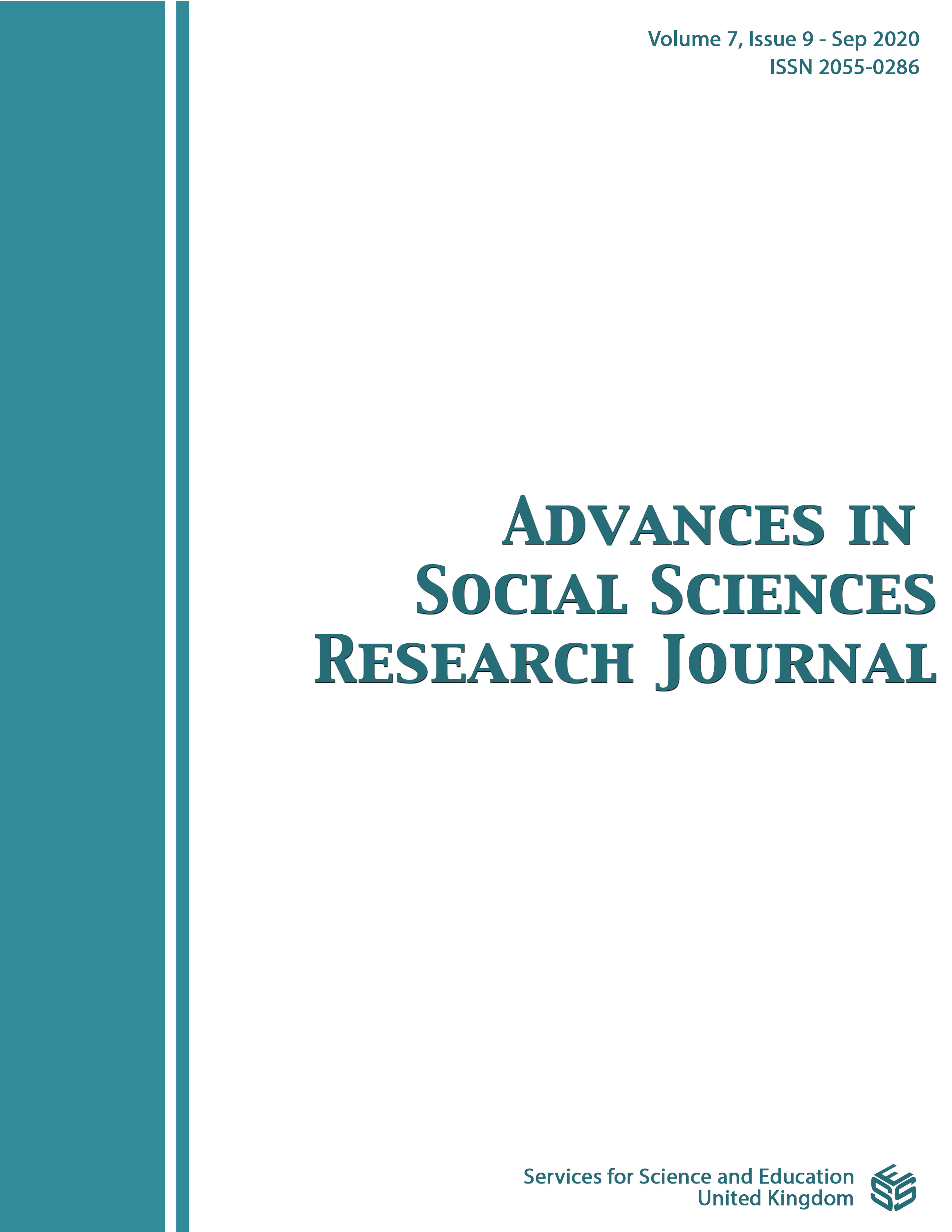Awareness creation as a strategy to reducing the rate of teenage pregnancy in Lira District
DOI:
https://doi.org/10.14738/assrj.79.9005Abstract
Teenage pregnancy is a serious public health and social problem, with 95%% occurring in developing countries. This study aimed to seek explain how awareness creation can be used to reduce the rate of teenage pregnancies in Lira district. A descriptive survey design was used and the study population was teenage girls. Data was collected using a document review guide since only secondary data was used in this study because of the short time. Secondary data got from plan Uganda Results indicates a drop in teenage pregnancy in five sub-counties in Lira District. It was further found established that the use of mass media and community dialogue helps in reducing the risk of teenage pregnancy by influencing behaviour towards contraceptive use, acquainting teenagers with knowledge of pregnancy prevention, creating a positive social environment. Radio programs and newspapers releases like straight talk and rock point 256 are among the mass media programs used to create awareness about teenage pregnancy. Alternatives of to reducing teenage pregnancy were are birth control, use of modern contraceptives, awareness about birth control, keeping teenagers in school, and positive religious beliefs have also been found as a major factor. Interventions focusing on retaining pregnant and married girls at in school, information on sexual and reproductive health of teenage girls, improving access to and information about contraceptive use among teenage girls, improving socio-economic status of households, and law enforcement on sexual abuse among girls may should be used to improving improve adolescent sexual and health services in Lira District.
Key words:
Downloads
Published
How to Cite
Issue
Section
License
Authors wishing to include figures, tables, or text passages that have already been published elsewhere are required to obtain permission from the copyright owner(s) for both the print and online format and to include evidence that such permission has been granted when submitting their papers. Any material received without such evidence will be assumed to originate from the authors.






